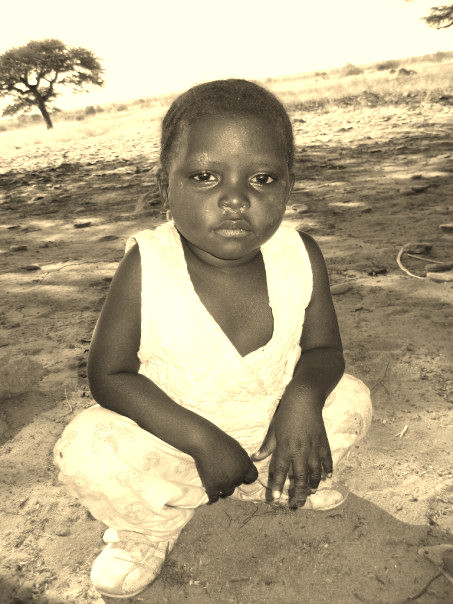Since its inception in Athenian societies between 508–507 BC, democracy has been hailed as the magic bullet against all forms of social calamities such as unending conflicts, famine, political instability, diplomatic quagmires with neighboring states, and ubiquitous diseases. In today’s world, I wonder if the idealistic optimism in this system of governance much associated with progress holds true for one of the most important health indices used to measure how countries perform against each other in securing the health and livelihood of their most vulnerable citizens. This is no other health index than the age-old “child mortality” index.
Researchers studying child mortality rates independently in different societies such as among hunter-gatherers, multiple regions of the world, and across several historical periods suggest with strong levels of confidence that a quarter of children died in their first year of life while around 50% died before they reached puberty in those times. Imagine that 100 000 children are born in the year 300 BC in a fictional society called Jassland.
Before they reach their 13th birthday, about 50 000 of those children would have succumbed fatally to diarrhea, measles, polio, tetanus, pneumonia, or drowning accidents. Thankfully, this fatality rate has been improving steadily over time due to the intervention of modern medicine and several innovative health policies that follow the relative stability that the world has enjoyed for these last centuries. The risk of death for a child born today is 10 times lower than the average of the past. It has been said that a child born in today’s world is 170 times more likely to survive compared to children born hundreds of years ago especially in countries where child health is taken very seriously.
However, this progressive feat is not enjoyed by all children equally across the world and variations have been observed by country, socio-economic class, ethnic groups among many other factors. But is the improvement that has been observed related to democracy? In some countries, the child mortality rates are still very much higher than the current world average with the Central African Republic having the highest mortality rates. As much as 9% of all infants there die within their first year of life.
Since the fall of the Iron curtain, democracy has spread rapidly across continents of the world and has grown quite steadily over the years as shown by the image below (2014). In these countries, political parties, while campaigning for the seat of government usually promise to reduce child mortality rates for example by scaling up health services uptake for everyone especially women and children. These promises are usually rewarded with a flood of votes in many regions of the world especially the neo-democracies who look up to the quality of life being enjoyed by nations in the global north as an ideal to strive towards.

Professor Michael Ross from the UCLA department of political science has argued that democracies do not essentially improve the lives of children and infants or of the poor in general. Mostly, according to him, these differences which fuel the current thinking by many global health experts is due to selection bias (errors made when sampling). According to Ross, “If democracy produces better outcomes, then countries that transit to from autocratic to democratic rule should see improvements in their infant and child mortality rates. In general, they do not.”
In Africa for example, several countries transformed into democracies but where does all the mind-boggling time-constrained statistics telling you of how a child dies every minute of malaria, hunger, or diarrhea come from on your newsfeed? The bottom line is that the correlation between the reign of democracy and the reduction of childhood mortality is everything but causal. At best, there are several biases that beg to be investigated by researchers. Several times, confirmation bias, for example, fueled by democratic hegemonism today makes us attribute every positive development in this important health index to the benefits of democracy but there are several exceptions to this that go in both directions. In an article published in the journal of democracy, the authors argue that more children meet an early termination of life mostly due to hunger in autocratic states and this argument is common. Confusing right?
When the Swiss sociologist, Jean Ziegler, visited Cuba in 2007 as United Nations Human rights rapporteur in the heat of allegations against the island nation on human rights abuses related to hunger, he is known to have remarked that “We cannot say that the right to food is totally respected in Cuba, but we have not seen a single malnourished person.” in an interview. The actual infant mortality rate of Cuba is 5.5 per 1000 compared to 86.3 per 1000 in the Central African Republic which transitioned to democracy.
As for me, I will continue to debate this seemingly diametric impact of the systems of governments on one of the most important health indices-“child mortality” in spite of the fact that I believe that democracy is still the best system of government that we have been able to come up with while hoping we can learn some lessons from other systems of governments whether present or past. I do not believe that the answer is simply obvious yet I may have raised a simple problem for which some of you might have answers. I invite you to join the debate.

